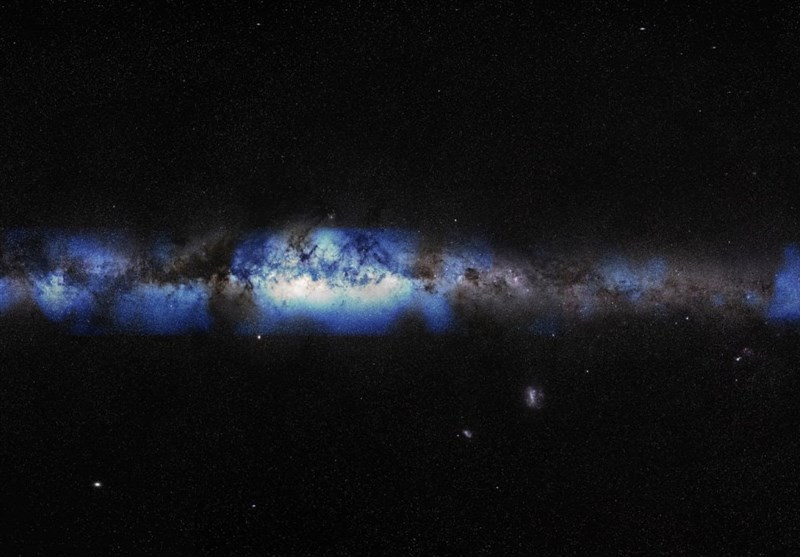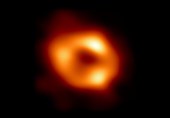Newly Discovered Milky Way Satellite Identified as Least Luminous Yet
TEHRAN (Tasnim) – A team of international astronomers using the Ultraviolet Near Infrared Optical Northern Survey (UNIONS) has unveiled Ursa Major III/UNIONS 1, a newfound compact satellite orbiting the Milky Way, now known to be the least luminous among the galaxy's satellites.
Published on the pre-print server arXiv on Nov. 16, the finding sheds light on the hitherto undiscovered faint corners of our cosmic neighborhood.
While the Milky Way is surrounded by numerous smaller galaxies and star clusters, some remain elusive to astronomers despite the substantial list of identified satellites. UNIONS, a vast survey spanning 4,800 square degrees in the northern hemisphere, holds the capability to detect such faint and dwarf galaxies, serving as a key tool in unlocking mysteries about the Milky Way's structure and formation.
Led by Simon E. T. Smith from the University of Victoria in Canada, the team delved into UNIONS data in their quest to unearth new galaxies within the Local Group, unveiling the overlooked Ursa Major III/UNIONS 1, previously undocumented in astronomical studies.
"Ursa Major III/UNIONS 1 (UMa3/U1) was discovered during an ongoing search for faint Local Group systems in UNIONS," the researchers reported.
Their investigation revealed Ursa Major III/UNIONS 1 as a concentration of stars in the UNIONS dataset, supported by radial velocities from the Keck telescope and proper motions from ESA's Gaia satellite, confirming its status as a coherent celestial entity.
Ursa Major III/UNIONS 1 stands out for its faintness, boasting a total absolute V-band magnitude of +2.2 mag, surpassing the previous record holder, Kim 3, with a magnitude of +0.7 mag. With a compact nature and an estimated 50–60 stars, it weighs in at a mere 16 solar masses.
The satellite orbits the Milky Way at a pericenter of 41,700 light years, passing around 52,100 light years from the Galactic center. Its age is estimated to be at least 11 billion years, hosting a population of stars relatively lacking in metals.
The precise classification of Ursa Major III/UNIONS 1 remains a puzzle. It may either be an accreted system in the Milky Way's halo, a dwarf galaxy, or a star cluster, requiring further observations to unravel its true identity and origin.






